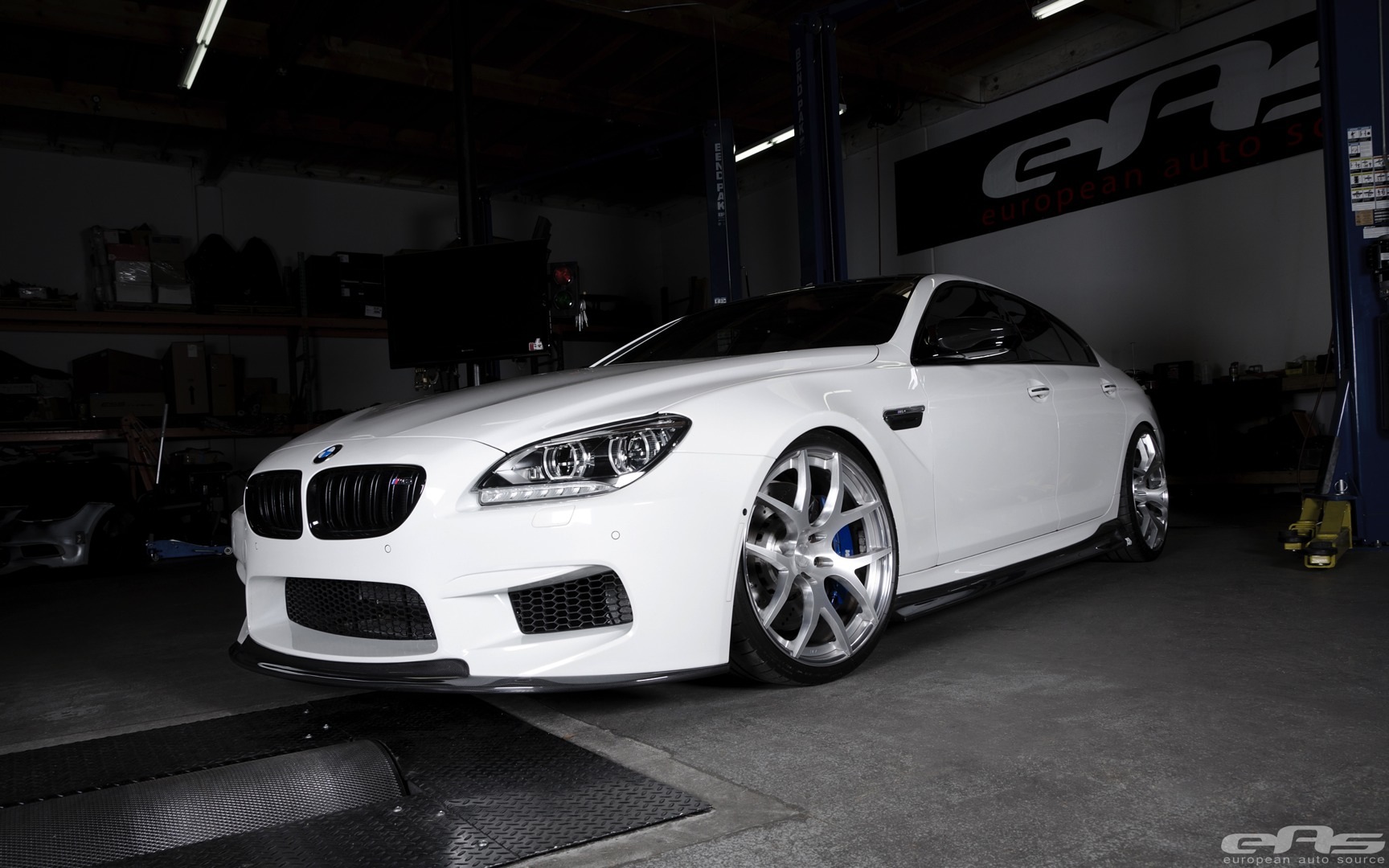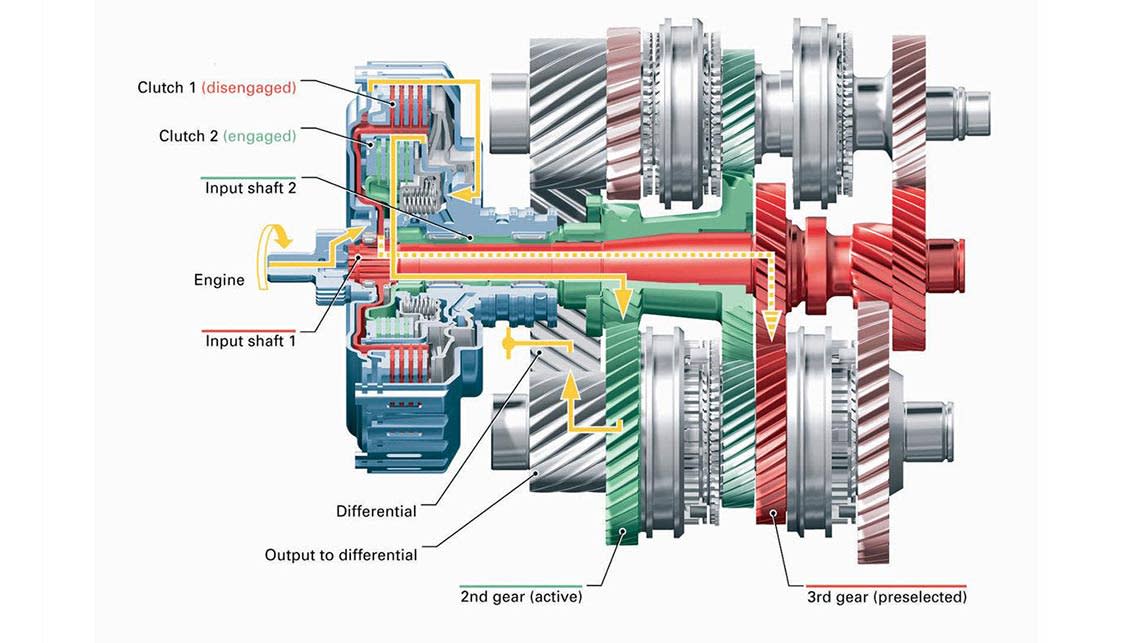Depending on the situation and mode, the fun-to-drive 7-speed dual-clutch transmission thinks, learns and performs – whether it be normal driving, sporty driving, drag racing or track racing. Software and controls designed by TREMEC engineers provide the desired feel during launch and shifting, making torque control fast and repeatable. Ford has added a new seven-speed dual-clutch automatic transmission option to the Fiesta and Puma models in Europe, offered in combination with the mild-hybrid 1.0-liter EcoBoost engine.
- 7-speed Dual Clutch Transmission
- Dual Clutch Transmission For Sale
- 7 Speed Dual Clutch Transmission Mini Cooper
- 7 Speed Dual Clutch Transmission Hyundai
| 7G-Tronic | |
|---|---|
| Overview | |
| Manufacturer | Daimler AG |
| Production | 2003– |
| Body and chassis | |
| Class | 7-speed longitudinalautomatic transmission |
| Chronology | |
| Predecessor | Mercedes-Benz 5G-Tronic transmission |
| Successor | Mercedes-Benz 9G-Tronic transmission |
7G-Tronic is Mercedes-Benz's trademark name for its seven-speed automatic transmission, starting off with the W7A 700 and W7A 400 (Wandler-7-Gang-Automatik bis 700 oder 400 Nm Eingangsdrehmoment; converter-7-gear-automatic with 516 or 295 ft·lb maximum input torque; type 722.9) as core models.
Abstract[edit]
This fifth-generation transmission was the first seven-speed automatic transmission ever used on a production passenger vehicle.[1] In all applications this transmission is identified as the New Automatic Gearbox Generation Two, or NAG2. It initially debuted in Autumn 2003 on five different eight-cylinder models: the E500, S 430, S 500, CL 500, and SL 500. It also soon became available on many six-cylinder models. Turbocharged V12 engines, four cylinder applications and commercial vehicles continued to use the older Mercedes-Benz 5G-Tronic transmission for many years.
The company claims that the 7G-Tronic is more fuel efficient and has shorter acceleration times and quicker intermediate sprints than the outgoing 5-speed automatic transmission.[1] It has two reverse gear ratios.
The transmission can skip gears when downshifting. It also has a torque converter lock-up on all seven gears, allowing better transmission of torque for improved acceleration. The transmission's casing is made of magnesium alloy, a first for the industry, to save weight.[citation needed] The 7G-Tronic transmission is built at the Mercedes-Benz Stuttgart-Untertuerkheim plant in Germany, the site of Daimler-Benz's original production facility.
About 65 percent of Mercedes-Benz C-Class sedans, wagons, and sport coupes are purchased with automatic transmissions (with that figure rising). However, about 88 percent of Mercedes-Benz E-Class sedans and wagons are purchased with automatic transmissions, and automatic transmissions are standard on the Mercedes-Benz S-Class.
The transmission is currently available on the SsangYong's vehicles like Rexton, and Korando Turismo (in South Korea)/Turismo (in UK). In July 2009, Mercedes-Benz announced they are working on a new nine-speed automatic.[2]
Specifications[edit]
Basic concept[edit]
Progress is reflected in 7 forward gears[a] out of 11 main components,[b][3][4][5] compared to 5 forward gears[c] out of 9 main components.[d] This turns out the design as advanced compared to its predecessor but less economical compared to its competitors. It uses no bands nor sprag clutches.[4] It is fully electronic controlled. Torque converter lock-up can operate in all 7 forward gears.[4]
Gear ratios[edit]
| Gear Teeth and Ratios | Planetary Gear Set: Teeth | Count | Total | Avg. | |||||
|---|---|---|---|---|---|---|---|---|---|
| Ravigneaux | Simple | ||||||||
| Model Type | First Delivery | Sun 1.1 Ring 1.1 | Sun 1.2 Ring 1.2 | Sun 2 Ring 2 | Sun 3 Ring 3 | Brakes Clutches | Ratio Span | Gear Step | |
| Gear | 1 | 2 | 3 | 4 | 5 | 6 | 7 | R 1 | R 2 |
| W7A ALL 722.9 | 2003[3][5] | 42 86 | 86 110 | 28 76 | 46 114 | 4 3 | 6.0162 | 1.3486 | |
| Ratio | 4.3772 | 2.8586 | 1.9206 | 1.3684 | 1.0000 | 0.8204 | 0.7276 | - 3.4157 | - 2.2307 |
Gears functionality[edit]
7-speed Dual Clutch Transmission
In normal condition it sequentially shift gears, but if required it can skip some gears, that are: 7 to 5, 6 to 2, 5 to 3 and 3 to 1.[4]
For 6 or 8 cylinder gasoline engines and if sport mode is not selected, transmission will start in 2nd gear. Also, if it is an offroad vehicle, if low range is selected, it will start in 2nd gear too.[6]
If emergency mode is activated, like when an electric fault or another critical fault occurs, the 6th gear is selected by default (all solenoids off).[4]
AMG SpeedShift[edit]
AMG SpeedShift TCT[edit]
The TCT transmission is essentially the 7G-Tronic automatic transmission including 'Torque Converter Technology'.
Sporty, performance-oriented version with the same gear ratios. First used in 2005 Mercedes-Benz SLK 55 AMG.[7]
In 2007, 7G-Tronic transmission with AMG SPEEDSHIFT was also called '7G-Tronic Sport'.[8]
AMG SpeedShift MCT[edit]
Mercedes-AMG developed the 7-speed MCT 'Multi Clutch Technology' planetary automatic transmission.
The MCT transmission is essentially the 7G-Tronic automatic transmission without a torque converter. Instead of a torque converter, it uses a compact wet startup clutch to launch the car from a stop and also supports computer-controlled double-clutching. The MCT (Multi-Clutch Technology) acronym refers to a planetary (automatic) transmission's multiple clutches and bands for each gear.[9]
The MCT is fitted with four drive modes: “C” (Comfort), “S” (Sport), “S+” (Sport plus) and “M” (Manual) and boasts 100 millisecond shifts in 'M' and 'S+' modes. MCT-equipped cars are also fitted with the new AMG DRIVE UNIT with an innovative Race Start function. The AMG DRIVE UNIT is the central control unit for the AMG SPEEDSHIFT MCT 7-speed sports transmission and all driving dynamics functions. The driver can change gears either using the selector lever or by nudging the steering-wheel shift paddles. The new Race start Function is a launch control system that enables the driver to call on maximum acceleration while ensuring optimum traction of the driven wheels.
It is available on the 2009 SL 63 AMG and E63 AMG, and will be used for the 2011 S 63 AMG and CL 63 AMG, and the 2012 CLS 63 AMG and C 63 AMG.
Compulsory on the 2014 AMG CLS63 and E63 models, as well as their 'S--Model' variants. Improved with the release of the 2015 model year, by decreasing the lag time between shifts.
Applications[edit]
Mercedes models[edit]
Mercedes C-Class[edit]
- 2007–2014 Mercedes-Benz W204 (all except 4-cyl models)
- 2006 Mercedes-Benz W203 (C280 not 4Matic)
Mercedes E-Class[edit]
- 2009–2016 Mercedes-Benz W212 (all models except E 200 CGI and E 350 BlueTec)
- 2009–2013 Mercedes-Benz W212 (E 350 BlueTec)
Mercedes S-Class[edit]
- 2013–2017 Mercedes-Benz W222 (all models except Maybach S 500 and Maybach S 500 4MATIC)
- 2017–today Mercedes-Benz W222 (V12 models only)
Non Mercedes-Benz models[edit]
Infiniti[edit]
- 2014–2019 Infiniti Q50 (2.0 (M274 DE20 LA)[10]).
- 2015–2016 Infiniti Q50 (2.2 (OM651 22 LA)[11]).
See also[edit]
Notes[edit]
- ^plus 2 reverse gears
- ^4 planetary gearsets (Ravigneaux planetary gearset considered as 2), 4 brakes, 3 clutches
- ^plus 2 reverse gear
- ^3 simple planetary gearsets, 3 brakes, 3 clutches
References[edit]
- ^ ab'7G-Tronic: Mercedes-Benz presents the world's first seven-speed automatic transmission for passenger cars'(PDF). DaimlerChrysler press release. Archived from the original(PDF) on 2011-07-06. Retrieved 2011-02-22.
- ^19 July 2010. 'Merc plans nine-speed auto''. Autocar.co.uk. Retrieved 2010-07-20.
- ^ ab'Catalog'(PDF). shop.ukrtrans.biz. Retrieved 2020-01-15.
- ^ abcde'Mercedes Benz 722.9 Training Manual'(PDF).
- ^ ab'Archived copy'. Archived from the original on 2019-06-28. Retrieved 2019-06-28.CS1 maint: archived copy as title (link)
- ^'Mercedes Benz 722.9 Workshop Tips and Tricks Manual'(PDF).
- ^'Archived copy'. Archived from the original on 2009-08-04. Retrieved 2009-07-20.CS1 maint: archived copy as title (link)
- ^'Archived copy'. Archived from the original on 2009-11-10. Retrieved 2009-07-21.CS1 maint: archived copy as title (link)
- ^'Archived copy'. Archived from the original on 2009-01-31. Retrieved 2010-07-29.CS1 maint: archived copy as title (link)
- ^'First view of Mercedes 2.0 turbo in the Infiniti Q50'.
- ^'Infiniti Q50 2,2d Sport vs. Mercedes-Benz C220 BlueTEC 7G-tronic'.
External links[edit]
Dual Clutch Transmission For Sale

- '7G-Tronic: Mercedes-Benz presents the world's first seven-speed automatic transmission for passenger cars'(PDF). DaimlerChrysler press release. Archived from the original(PDF) on 6 July 2011. Retrieved 14 October 2008.

The S tronic dual-clutch transmission is a successful technology. It combines the convenience of an automatic with the efficiency of a manual transmission, while adding its own dynamic touch. Throughout much of the model line-up, the S tronic is available in four different versions, with six or seven gears.
7 Speed Dual Clutch Transmission Mini Cooper
For longitudinally installed engines, Audi has developed a special version of the seven-speed S tronic in which the gear wheels for all gears are situated one behind the other on an output shaft. The three versions for transversely installed engines are configured in a single layout with two output shafts, allowing a compact design. The S tronic for transverse engines is available with six or seven gears. The seven-gear S tronic itself has two versions. Which version is used with which engine depends on the amount of torque to be transmitted.
The following is a description of the seven-speed S tronic for longitudinal engines; however, the basic principle is the same for all designs. The S tronic comprises two subunits and integrates two multi-plate clutches that control the various gears. The large K1 clutch located on the outside directs the torque via a solid shaft to the gear wheels for the odd-numbered gears 1, 3, 5 and 7. A hollow shaft rotates around the solid shaft. It is connected to the smaller K2 clutch, which is integrated into the inside of its larger sibling, and which controls the gear wheels for the even-numbered gears 2, 4 and 6, as well as the reverse gear.
Both transmission structures are continuously active, but only one is connected to the engine at any one time. For example, when the driver accelerates in third gear, the fourth gear is already engaged in the second transmission structure. The shifting process takes place as the clutch changes – K1 opens and K2 closes. Shifting gears takes only a few hundredths of a second and is completed with almost no interruption of traction. It is so smooth, dynamic and comfortable that the driver barely notices it.
The mechatronics module, a compact and robust block, comprises the electronics along with the hydraulic control elements. Its control concept allows it to vary the speed of the gear shifting process and to precisely control the necessary power. The multi-plate clutches are managed with extreme precision; the seven-speed S tronic is responsive even in stop-and-go traffic and during maneuvering.
The seven-speed S tronic can be used in a number of ways. Automatic mode has two programs: D (Drive) and S (Sport). The driver can take control of the shifting via the selector lever or with the standard paddles behind the steering wheel. Another feature of the high-performance models is the launch control system, which fully exploits the car’s acceleration potential. The sporty seven-speed S tronic for longitudinal engines can handle engine speeds of up to 9,000 rpm.
All versions of the S tronic offer a number of strengths: high efficiency, intelligent management and a large gear-ratio spread with very wide top gears. Thus the high-tech transmission delivers lower fuel consumption in many cases compared with a manual gearbox. The ultra-compact seven-speed S tronic in the A1* and A3 weighs only about 70 kilograms (154.32 lb). Their two dry clutches do not need a separate oil supply, adding further to their efficiency. All versions of the S tronic can be combined with the Audi start-stop system.
*Audi A1 Combined fuel consumption in l/100 km: 7.1 – 3.8; Combined CO₂-emissions in g/km: 162 - 99

7 Speed Dual Clutch Transmission Hyundai
Status: 2011
